10 scientific discoveries that sound like fiction
Categories: Science
By Pictolic https://pictolic.com/article/10-scientific-discoveries-that-sound-like-fiction.htmlIt's time to sit down once again, fold your hands, take a deep breath and look at some of the headlines of scientific articles that we may not have paid attention to before. Scientists are constantly creating some new developments in various fields, such as nanotechnology, gene therapy or quantum physics, and this always opens up new horizons.
The titles of scientific articles increasingly resemble the titles of stories from science fiction magazines.
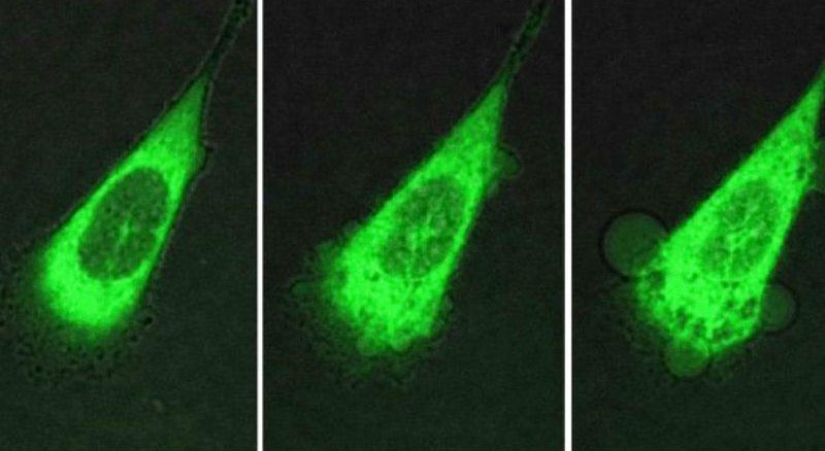
 Scientists have created temporal crystals for which the laws of time symmetry do not apply
Scientists have created temporal crystals for which the laws of time symmetry do not apply
According to the first law of thermodynamics, it is impossible to create a perpetual motion machine that will work without an additional energy source. However, at the beginning of this year, physicists managed to create constructions called temporal crystals, which call this thesis into question.
Temporal crystals act as the first real examples of a new state of matter called "nonequilibrium", in which atoms have a variable temperature and are never in thermal equilibrium with each other. Temporal crystals have an atomic structure that repeats not only in space, but also in time, which allows them to maintain constant oscillations without generating energy. This happens even in a stationary state, which is the lowest energy state, when movement is theoretically impossible, since it requires energy expenditure.
So do time crystals violate the laws of physics? Strictly speaking, no. The law of conservation of energy works only in systems with symmetry in time, which implies that the laws of physics are the same everywhere and always. However, temporal crystals violate the laws of symmetry of time and space. And not only them. Magnets are also sometimes considered natural asymmetric objects because they have north and south poles.
Another reason why temporal crystals do not violate the laws of thermodynamics is that they are not completely isolated. Sometimes they need to be "pushed" — that is, given an external impulse, after receiving which they will already begin to change their states again and again. It is possible that in the future these crystals will find wide application in the field of transmission and storage of information in quantum systems. They can play a crucial role in quantum computing.
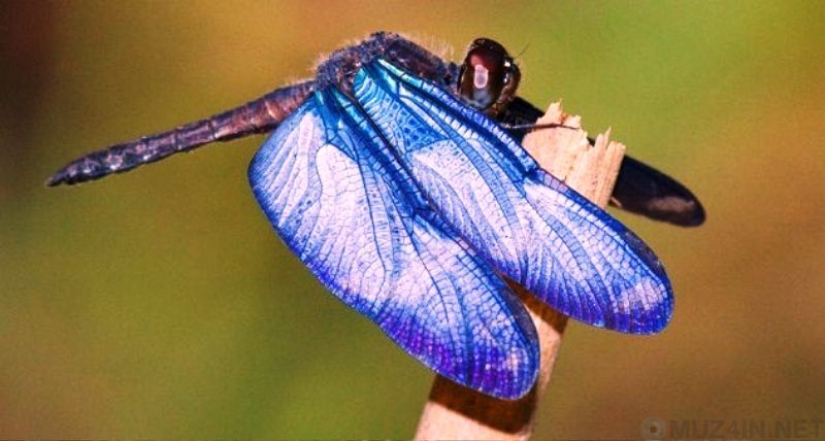 "Live" dragonfly wings
"Live" dragonfly wings
The Merriam-Webster encyclopedia states that a wing is a movable appendage of feathers or membrane used by birds, insects and bats for flight. It shouldn't be alive, but entomologists from the University of Kiel in Germany have made some amazing discoveries that suggest otherwise — at least regarding some dragonflies.
Insects breathe using the tracheal system. Air enters the body through holes called spiracles. Then it passes through a complex network of tracheas that deliver air to all cells of the body. However, the wings themselves consist almost entirely of dead tissue, which dries out and becomes translucent or covered with colored patterns. Areas of dead tissue are pierced by veins, and these are the only components of the wing that are part of the respiratory system.
 An ancient tick with dinosaur blood inside
An ancient tick with dinosaur blood inside
We often find amazing things preserved inside amber, but this year has presented us with a super prize. Scientists from Myanmar have discovered pieces of amber that are 99 million years old, and inside they contained parasites similar to modern ticks. One of them got tangled in a dinosaur feather, two more were found in a piece of a dinosaur nest, and the fourth turned out to be filled with dinosaur blood inside.
Of course, this made people immediately think about the scenario from Jurassic Park and the possibility of using blood to recreate dinosaurs. Unfortunately, this will not happen in the near future, because it is impossible to extract DNA samples from the found pieces of amber. Discussions about how long a DNA molecule can last are still not over, but even according to the most optimistic estimates and under the most optimal conditions, their life span is no more than several million years.
But, although the tick, named Deinocrotondraculi ("Terrible Dracula"), did not help restore the dinosaurs, it still remains an extremely unusual find. Now we know not only that feathered dinosaurs had ancient ticks, but also that they infected even dinosaur nests.
 Modification of adult genes
Modification of adult genes
To date, the pinnacle of gene therapy is "short palindromic repeats, regularly arranged in groups," or CRISPR (from the English clustered regularly interspaced short palindromic repeats). The family of DNA sequences that currently form the basis of CRISPR-Cas9 technology could theoretically change human DNA forever.
In 2017, genetic engineering made a decisive leap forward - after a team from Proteomic Research Center in Beijing has announced that it has successfully used CRISPR-Cas9 to eliminate disease-causing mutations in viable human embryos. Another team, from the Francis Crick Institute in London, went the opposite way and for the first time used this technology to deliberately create mutations in human embryos. In particular, they "turned off" the gene that promotes the development of embryos into blastocysts.
Putting ethics aside, in November of this year, the research went even further when CRISPR-Cas9 was first tested on an adult. 44-year-old Brad Muddu from California suffers from Hunter syndrome, an incurable disease that can eventually lead him to a wheelchair. He was injected with billions of copies of the correcting gene. It will take several months before it will be possible to determine whether the procedure was successful.
 What was before - a sponge or combs?
What was before - a sponge or combs?
A new scientific report, which was published in 2017, should once and for all put an end to the long-standing debate about the origin of animals. According to the study, sponges are the "sisters" of all animals in the world. This is due to the fact that sponges were the first group that separated in the process of evolution from the primitive common ancestor of all animals. This happened about 750 million years ago.
Previously, there were heated debates that boiled down to the two main candidates: the aforementioned sponges and marine invertebrates called combworms. While sponges are the simplest creatures that sit on the ocean floor and feed by passing and filtering water through their body, combs are more complex. They resemble a jellyfish, are able to move in water, can create light patterns and have a simple nervous system. The question of which of them was the first is the question of what our common ancestor looked like. This is considered the most important moment in tracking the history of our evolution.
Although the results of the study boldly proclaim that the issue has been resolved, just a few months before another study was published, which stated that our evolutionary "sisters" are combworms. Therefore, it is too early to say that the latest results can be considered reliable enough to suppress any doubts.
Raccoons have passed an ancient intelligence test
In the sixth century BC, the ancient Greek writer Aesop wrote or collected many fables, which are now known as "Aesop's Fables". Among them was a fable called "The Crow and the Jug", which describes how a thirsty crow threw pebbles into a jug to raise the water level and finally get drunk.
Several thousand years later, scientists realized that this fable describes a good way to test the intelligence of animals. Experiments have shown that the experimental animals understood the cause and effect. Crows, as well as their relatives, rooks and jays, confirmed the truth of the fable. Monkeys also passed this test, in addition, raccoons were added to the list this year.
Other subjects found their own creative solutions, which the researchers did not expect. One of the raccoons, instead of throwing stones into the container, climbed onto the container and began to swing on it from side to side until it overturned. In another test, using floating and sinking balls instead of stones, experts hoped that raccoons would use sinking balls and discard floating ones. Instead, some animals began repeatedly dipping a floating ball into the water until a rising wave nailed the marshmallow pieces to the side, which made it easier to extract them.
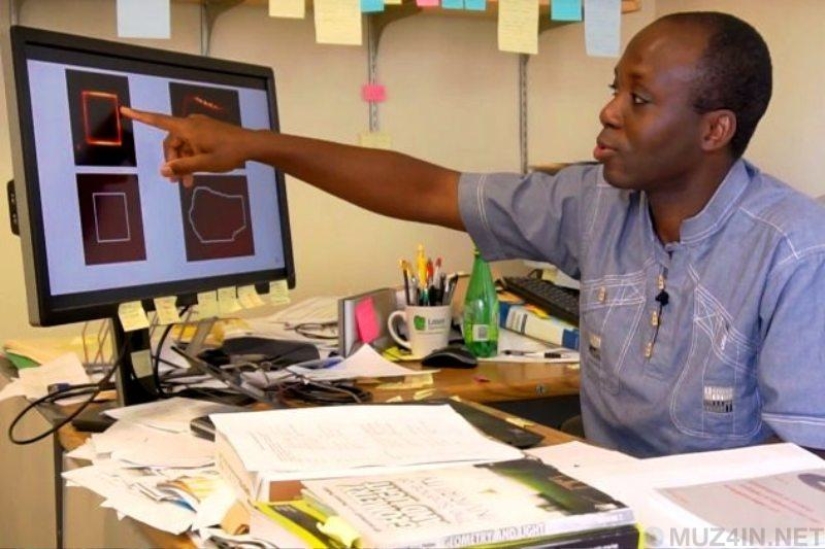 Physicists have created the first topological laser
Physicists have created the first topological laser
Physicists from the University of California at San Diego claim to have created a new type of laser — a "topological" beam that can take any complex shape without scattering light. The device works on the basis of the concept of topological insulators (materials that are insulators inside their volume, but conduct current on the surface), which received the Nobel Prize in Physics in 2016.
Ring resonators are usually used in lasers to amplify light. They are more efficient than resonators with sharp angles. However, this time the research team created a topological cavity using a photonic crystal as a mirror. In particular, two photonic crystals with different topologies were used, one of which was a star-shaped cell in a square lattice, and the other was a triangular lattice with cylindrical air holes. Team member Boubacar Kante compared them to a bagel and a pretzel: although they are both bread with holes, the different number of holes makes them different.
As soon as the crystals hit the right place, the beam takes the desired shape. This system is controlled by a magnetic field. It allows you to change the direction in which the light is emitted, thereby creating a luminous flux. The direct practical application of this can increase the speed of optical communication. However, in the future, this is seen as a step forward in the creation of optical computers.
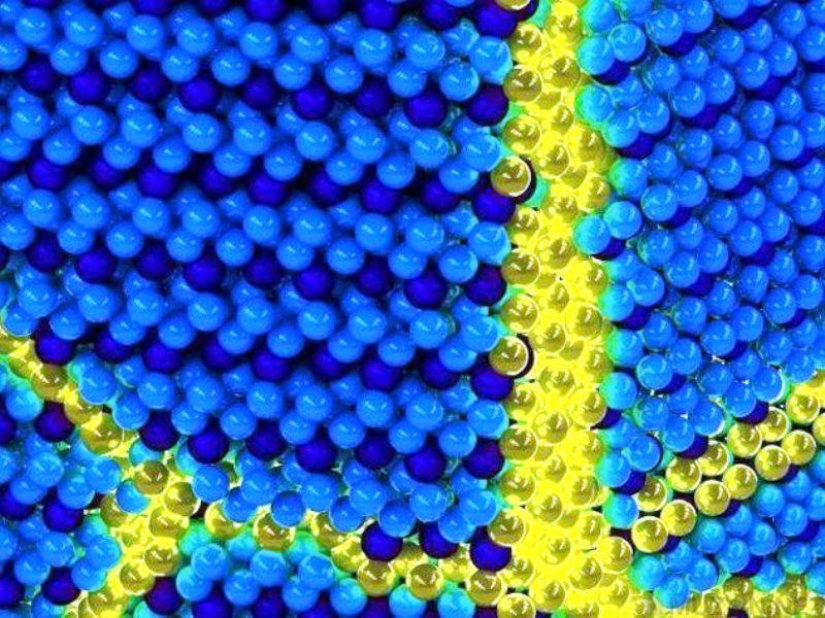 Scientists have discovered excitonium
Scientists have discovered excitonium
Physicists all over the world reacted with great enthusiasm to the discovery of a new form of matter called excitonium. This form is a condensate of quasiparticles, excitons, which are the bound state of a free electron and an electron hole, which is formed as a result of the fact that the molecule has lost an electron. Moreover, a theoretical physicist from Harvard's Bert Halperin predicted the existence of excitonium back in the 1960s, and since then scientists have been trying to prove him right (or wrong).
The head of the study, Professor Peter Abbamont, compared this discovery to the Higgs boson — it will not have direct use in real life, but shows that our current understanding of quantum mechanics is on the right track.
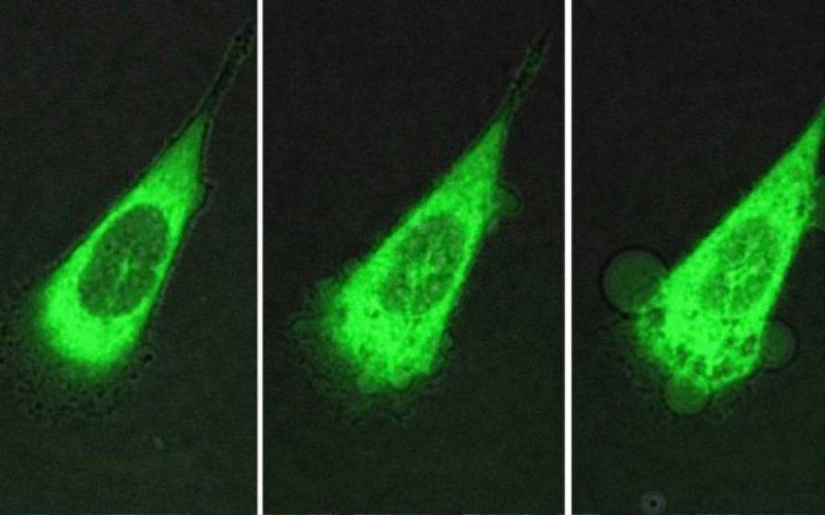 Scientists have created nanorobots that kill cancer
Scientists have created nanorobots that kill cancer
Researchers from Durham University claims to have created nanorobots that are able to detect cancer cells and kill them in just 60 seconds. In a successful trial conducted at the university, tiny robots took from one to three minutes to penetrate through the outer membrane into a prostate cancer cell and immediately destroy it.
Nanorobots are 50,000 times smaller than the diameter of a human hair. They are activated by light and rotate at a speed of two to three million revolutions per second to be able to penetrate the cell shell. When they reach their goal, they can either destroy it or inject a useful therapeutic agent into it.
So far, nanorobots have been tested only on individual cells, but encouraging results have prompted scientists to switch to experiments on microorganisms and small fish. The further goal is to move on to rodents, and then to humans.
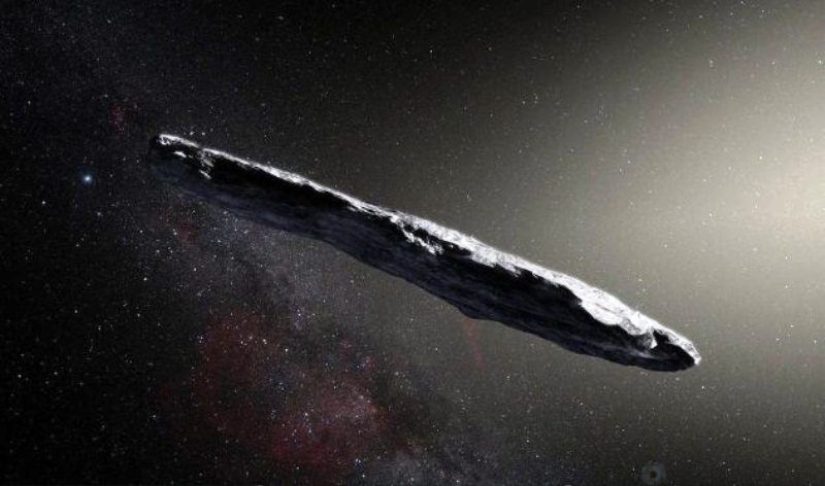 An interstellar asteroid could be an alien spacecraft
An interstellar asteroid could be an alien spacecraft
It's only been a couple of months since astronomers joyfully announced the discovery of the first interstellar object flying through the Solar System, an asteroid called Oumuamua. Since then, they have observed many strange things happening to this celestial body. Sometimes it behaved so unusually that scientists believe the object may be an alien spaceship.
First of all, its shape is alarming. Oumuamua has the shape of a cigar with a length-to-diameter ratio of ten to one, which has never been seen in any of the observed asteroids. At first, scientists thought it was a comet, but then realized that it was not, because the object did not leave a tail behind it as it approached the Sun. Moreover, some experts claim that the rotation speed of the object should have destroyed any normal asteroid. It seems that it was specially created for interstellar travel.
But if it is created artificially, then what can it be? Some say that it is an alien probe, others believe that it may be a spaceship whose engines have malfunctioned, and now it is floating through space. In any case, participants in programs such as SETI and Breakthrough Listen believe that Oumuamua requires further research, so they aim their telescopes at it and listen to any radio signals.
While the hypothesis about aliens has not been confirmed in any way, the initial SETI observations have led to nothing. Many researchers are still pessimistic about the chances that the object could be created by aliens, but in any case, research will continue.
Keywords: 2017 | Discoveries | Scientists
Post News ArticleRecent articles

In the fall of 1972, Bill Yates traveled through the countryside in the vicinity of Tampa, Florida. At that time, he was studying ...

Severe cold weather does not give up its positions. We offer you to admire the magical photos of winter Europe, because snow and ...
Related articles

Have you heard of such a phenomenon as the doorway effect? Let's put it simply: have you ever walked into a room and immediately ...

Most of us think that the color of the eggshell does not play any role and it is possible not to pay attention. But it's not and ...

"Wash your hands before eating!" — a phrase familiar to us since childhood. The parents explained that with the help of this ...

Vladimir Lyubarov is an artist from the countryside who paints pictures of real life. But he brings amazing characters, birds, and ...